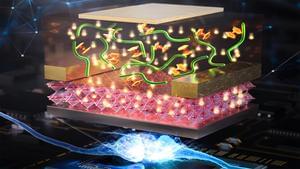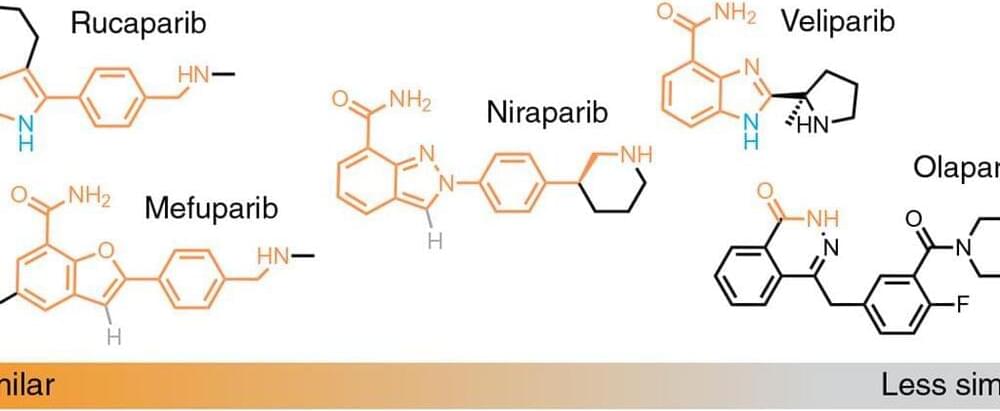When a bug in the ointment is a good thing.



Chinese scientists have unveiled what they are calling the world’s first artificial intelligence (AI) child.
Developed by the Beijing Institute for General Artificial Intelligence (BIGAI), Tong Tong or Little Girl’s virtual AI avatar was recently introduced for the first time in Beijing.
BIGAI sees Tong Tong as a giant step toward achieving a general artificial intelligence (AGI) agent when a machine can think and reason like a human being.

When witnessing the sorry state of men addicted to AI girlfriends, one Miami tech exec saw dollar signs instead of red flags.
In a blog-length post on X-formerly-Twitter, former WeWork exec Greg Isenberg said that after meeting a young guy who claims to spend $10,000 a month on so-called “AI girlfriends,” or relationship-simulating chatbots, he realized that eventually, someone is going to capitalize upon that market the way Match Group has with dating apps.
“I thought he was kidding,” Isenberg wrote. “But, he’s a 24-year-old single guy who loves it.”
In this episode, recorded during the 2024 Abundance360 Summit, Ray, Geoffrey, and Peter debate whether AI will become sentient, what consciousness constitutes, and if AI should have rights.
Ray Kurzweil, an American inventor and futurist, is a pioneer in artificial intelligence. He has contributed significantly to OCR, text-to-speech, and speech recognition technologies. He is the author of numerous books on AI and the future of technology and has received the National Medal of Technology and Innovation, among other honors. At Google, Kurzweil focuses on machine learning and language processing, driving advancements in technology and human potential.
Geoffrey Hinton, often referred to as the “godfather of deep learning,” is a British-Canadian cognitive psychologist and computer scientist recognized for his pioneering work in artificial neural networks. His research on neural networks, deep learning, and machine learning has significantly impacted the development of algorithms that can perform complex tasks such as image and speech recognition.
Read Ray’s latest book, The Singularity Is Nearer: When We Merge with AI
Follow Geoffrey on X: https://twitter.com/geoffreyhinton.
Learn more about Abundance360: https://www.abundance360.com/summit.
———-
This episode is supported by exceptional companies:



“The subvolt regime, which is where this material operates, is of enormous interest to researchers looking to make circuits that act similarly to the human brain, which also operates with great energy efficiency.” — Argonne materials scientist Wei Chen “Redox” refers to a chemical reaction that…
As the integrated circuits that power our electronic devices get more powerful, they are also getting smaller. This trend of microelectronics has only accelerated in recent years as scientists try to fit increasingly more semiconducting components on a chip.
Microelectronics face a key challenge because of their small size. To avoid overheating, microelectronics need to consume only a fraction of the electricity of conventional electronics while still operating at peak performance.
Researchers at the U.S. Department of Energy’s (DOE) Argonne National Laboratory have achieved a breakthrough that could allow for a new kind of microelectronic material to do just that. In a new study published in Advanced Materials, the Argonne team proposed a new kind of “redox gating” technique that can control the movement of electrons in and out of a semiconducting material.

A small town in central Utah is set to be the home of a new underground “battery” that will store hydrogen as a clean energy source.
According to The New York Times, developers are creating two caverns as deep as the Empire State Building is tall from a geological salt formation near Delta, Utah. These caverns, which are expected to be complete next year, will be able to store hydrogen gas.
The hydrogen will be produced nearby through a process called electrolysis. This will be done using excess solar and wind power in spring and fall, when demand for energy is low. Then it can be stored until peak energy demand hits in the summer — at that time, it would be burned at a power plant as a blend of hydrogen and natural gas.
